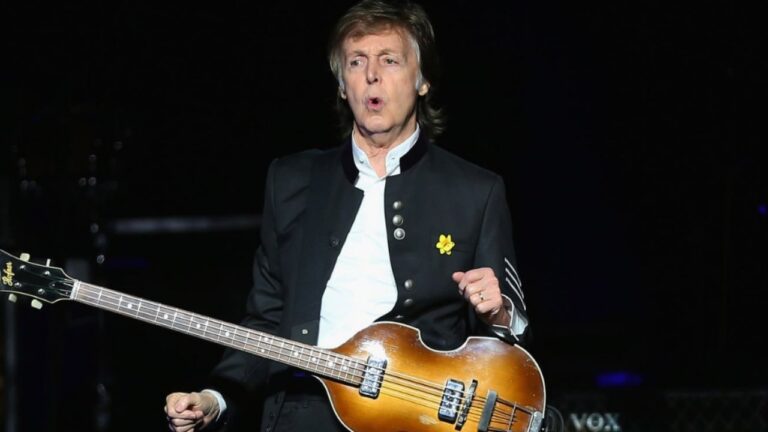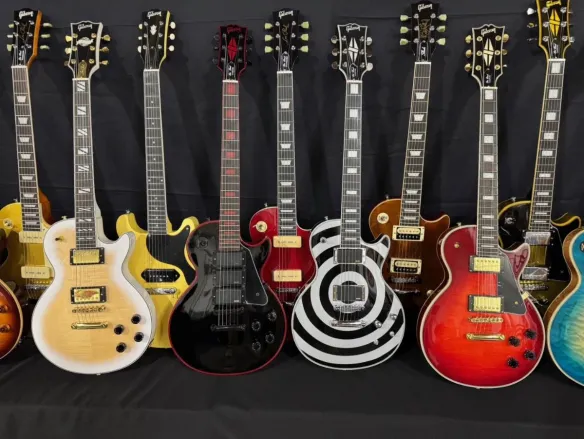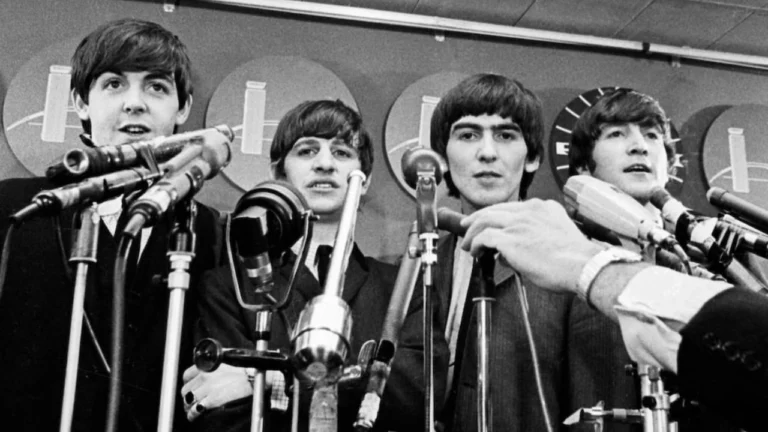Giant of the Guitar World GIBSON’s History
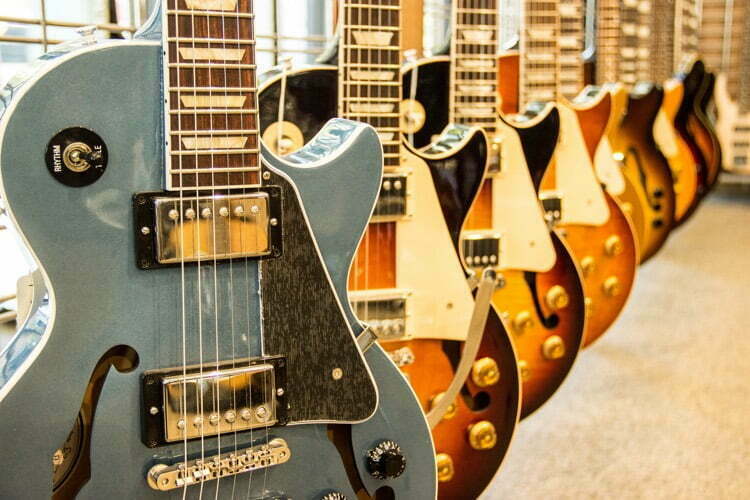
Gibson began their first sale in 1984 in Kalamazoo, Michigan.
In 1902, the Gibson Mandolin-Guitar Mfg. Co. Ltd. was incorporated to market the instruments.
In 1918, founder Orville Gibson died of a heart condition.
The following year, Gibson company hired Lloyd Loar to produce new instruments. During his 6-year career, Loar designed the flagship L-5 archtop and the Gibson F-5 mandolin.
In 1936, Gibson introduced the ES-150, ”Electric Spanish” model.
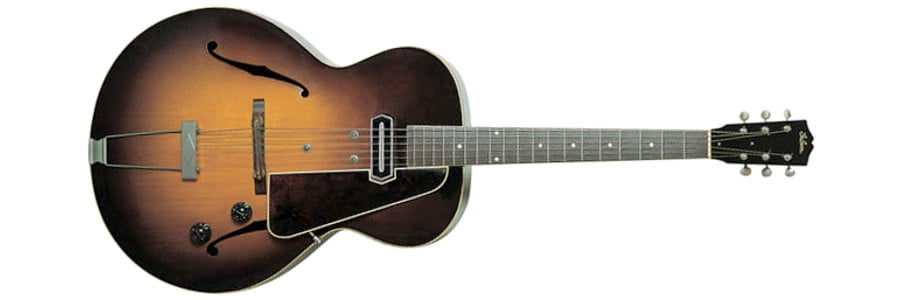
During World War II, the Gibson company slowed down making guitar due to lack of materials and began to produce wood and metal parts for the army.
Between 1942 and 1945, women in Gibson revolutionized and produced 25,000 guitars at the time, but according to history of company’s 2013, Gibson refused to produce tools during that time.
In 1944 Gibson was acquired by Chicago Musical Instruments.
Chicago Musical Instruments introduced the ES-175 in 1949.
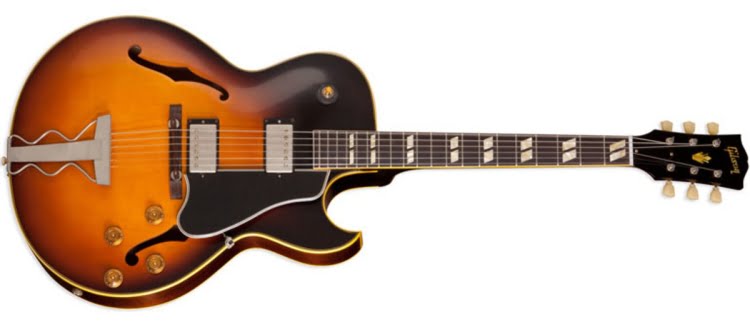
Gibson hired Ted McCarty in 1950.
Introduced in 1952, Les Paul, a popular musician in the 1950s, pioneered the expansion of guitar with new guitars such as ”Les Paul”. Those days, the guitar was offered in Standard, Custom, Junior, and Special models.
In the middle of 1950s, Thinline was produced, which included thin guitar strings. The ES-350T and ES-225T guitar series are designed for low budgets.
In 1958, Gibson introduced the ES-335T.
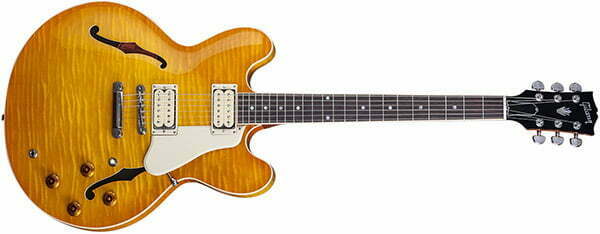
In the 1950s, Gibson also produced the Tune-o-matic bridge system and the version of the humbucking collector, the PAF (“Patent Application”), which was first released in 1957 and still sought.
In 1958, Gibson produced two new designs: the eccentric-shaped Explorer and the Flying V.
In 1961, Les Paul’s hull design was changed due to the demand for double-section hull design.
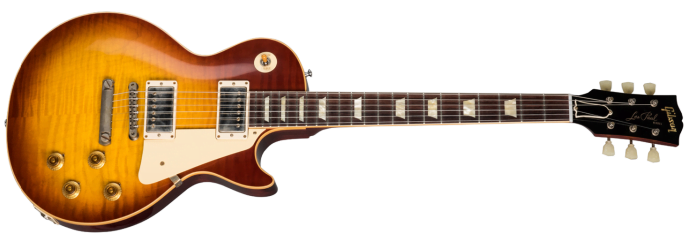
The new body design was later recognized as SG (for “solid guitar”), because Les Paul did not approve it. Original Les Paul design returned to the Gibson catalog in 1968.
On December 22, 1969, Gibson’s parent company, Chicago Musical Instruments, was acquired by South American brewer ECL.
Between 1974 and 1984, the production of Gibson guitars moved from Kalamazoo to Nashville, Tennessee.
The Kalamazoo factory was shut down in 1984.

Several Gibson employees, led by factory manager Jim Duerloo, founded Heritage Guitars.
The company was acquired in January 1986 by Henry E. Juszkiewicz, David H. Berryman and Gary A. Zebrowski.
Memphis, Tennessee and Bozeman opened new production facilities in Montana.
Gibson company purchased Garrison Guitars in 2007.
In 2011, Gibson acquired the Stanton Group. After then, Gibson established a new division called Gibson Pro Audio.
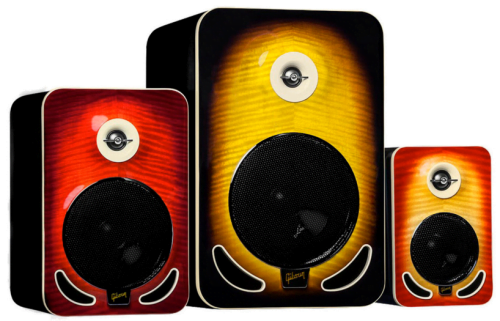
In 2013, Gibson went to expand its company and acquired a majority stake in TEAC Corporation.
In 2014, Gibson took over the consumer electronics business of Royal Philips.
Do you like Gibson guitars? Leave your comments below.


